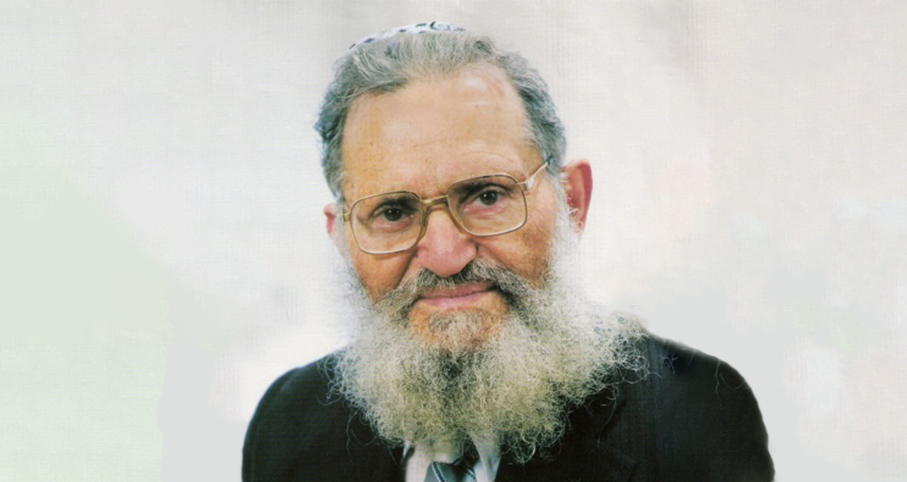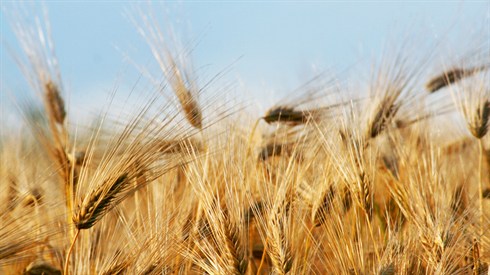- Sections
- Bemare Habazak - Rabbis Questions
183
Answer: At first glance, your question is answered directly by very basic sources. The Shulchan Aruch (Orach Chayim 651:1, based on Sukka 33b) rules: "If they were not tied together before Yom Tov or [the knot] came apart, it is not possible to tie them with a full knot but rather with an aniva (bow knot)." The Rama (ad loc.) cites an alternative – to wrap the lulav leaf around the three species and then tuck its head underneath. However, we should discuss some other factors about the process, including how koysheklach, used by Ashkenazim, affect the situation.

Bemare Habazak - Rabbis Questions (594)
Rabbi Daniel Mann
333 - Tosefet Yom Kippur
334 - Tying Up the Arba Minim on Yom Tov
335 - The Nature of the Fulfillment of the Mitzva of Mezuza
Load More
These opinions correspond to two approaches to what the gemara meant by rejecting the need for egged but urging some level of it due to noy. One approach is that the noy is in having the minim tied up together, the same way practically as egged, just that it is not as crucial. According to this, you ostensibly missed out by not being able to make a knot. The second approach is that there is a different criterion, which is aesthetic, and a halachic knot is not an independent value.
These approaches find expression in the machloket about koysheklach, which developed a few hundred years ago in Ashkenaz lands. There were some, including the Chatam Sofer (Sukka 36b), who say that noy in this context follows halachic grounds of egged, and therefore if the koysheklach are not wound firmly by a halachic knot, they are insufficient. Supporters of koysheklach respond in one of two ways: 1) Since egged is not needed, noy follows aesthetic criteria, according to which koysheklach exceed a simple double knot; 2) Koysheklach contain permanent intricate knots, and it makes no difference whether one tied a knot around the minim or whether the minim were slipped into an existing knot (or set thereof). (See more on the latter distinction in the Harerei Kedem notes to Mikraei Kodesh (Frank), Sukka II, p. 106-108). These questions also relate to the machloket about whether or not it makes a difference if the minim are bound together by one who is obligated in arba’a minim (see Mishna Berura 649:14).
According to the "practical" approach, what you did was fine, if you attached the koysheklach firmly to the lulav, preferably by wrapping or making a bow knot with a lulav leaf. According to the knot approach, what you did was only okay b’dieved.
Another issue is what to do if you did not remember to detach lulav leaves from the lulav before Yom Tov. Although muktzeh for the mitzva does not apply until the lulav has been used (see Mikraei Kodesh (Harari), Arba’a Minim 9:7), there is a machloket whether removing a leaf from a lulav to be used for this purpose is considered like making a kli (see ibid. 24). They certainly should not be cut to size or made into rings before attaching to the lulav on Yom Tov (ibid. 23, ftnt. 65; see Piskei Teshuvot 651:3). Realize that the more important connection is the one that holds the three minim together, whereas the two or three on the lulav are a later idea (Rama ibid.).

To What Does Havdala Relate?
Rabbi Daniel Mann | Kislev 20 5778

Ask the Rabbi: Taking a Different Object than Lost
Rabbi Daniel Mann | Adar 5785

Eat Meat on Shabbat when it Bothers his Wife?
Rabbi Daniel Mann | Tevet 13 5781

Ask the Rabbi: Erev Pesach That Falls on Shabbat
Rabbi Daniel Mann | Nisan 5785

Could Zionism Be Just Another False Messiah?
Rabbi Ari Shvat | 5769

Could Zionism Be Just Another False Messiah?
Rabbi Ari Shvat | 5769

Showering on Shabbat
Rabbi Yirmiyohu Kaganoff







